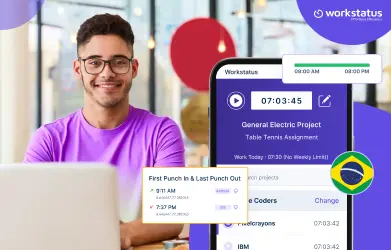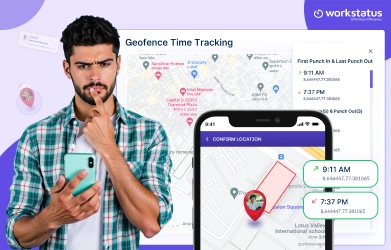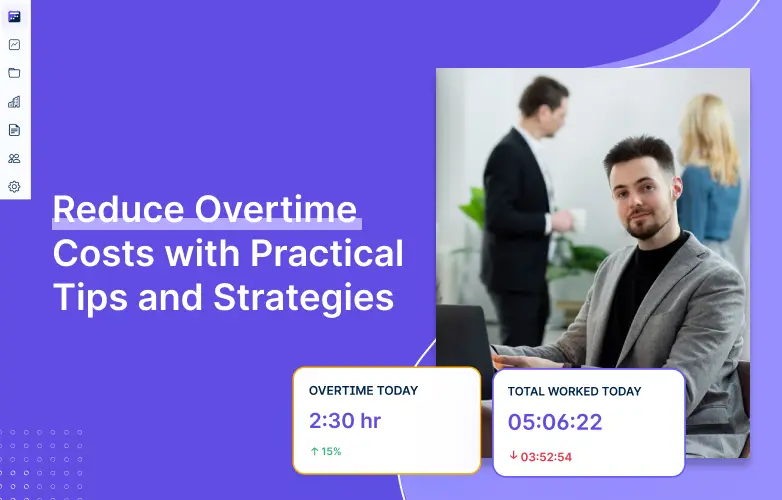Table of Contents
On a regular Monday morning, a stressed entrepreneur begins their day with numerous pending tasks. The day will be packed with:
- Implementation of strategic planning
- Sending response to investors
- Leading team meetings
- Client meetings
The passing hours lead to sudden phone calls and pressing emails as well as emergent problems disrupt the schedule. At the end of the day, the entrepreneur feels worn out and has not accomplished any significant work.
People often become fed up with disruptive disruptions and start looking for ways to manage time better. This is where they come across – Time Blocking vs Time Boxing techniques.
But which method works best? It depends on how you work along with your management of priorities and deadlines.
Let’s explore both approaches to find the most effective productivity strategies to take control of time and improve workload management.
Understanding Time Blocking
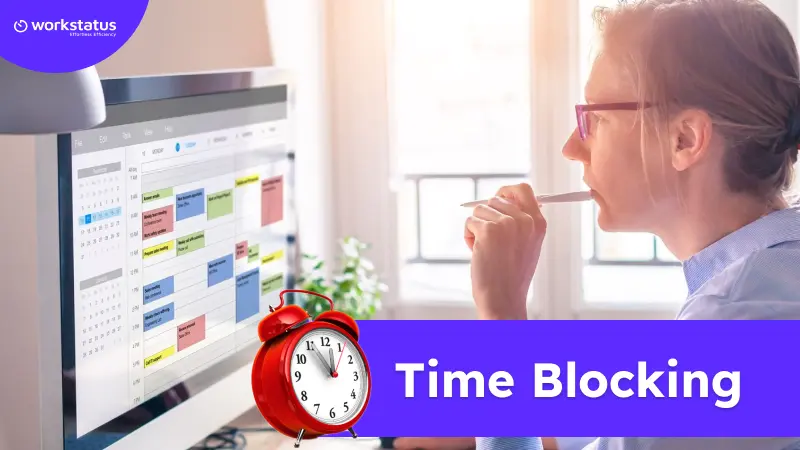 Time Blocking presents a structured time management technique that includes allotting particular tasks across specific periods during the day. You schedule every task on a calendar, which guarantees a specific time block for each task. Using Time Blocking enables people to focus on important work, avoiding interruptions and inefficiencies.
Time Blocking presents a structured time management technique that includes allotting particular tasks across specific periods during the day. You schedule every task on a calendar, which guarantees a specific time block for each task. Using Time Blocking enables people to focus on important work, avoiding interruptions and inefficiencies.
How It Works?
- Identify Key Tasks: List tasks that need to be completed, prioritizing tasks based on importance.
- Allocate Time Blocks: Assign dedicated time slots for each task, ensuring enough time for deep work.
- Follow the Schedule: Work exclusively on the assigned task during its time block without distractions.
- Include Breaks: Schedule short breaks to maintain productivity and avoid burnout.
- Adjust as Needed: Revise the schedule if unexpected changes arise while maintaining the overall structure.
Benefits
- Enhanced Focus and Productivity: Dedicating time on specific tasks minimizes distractions, leading to higher efficiency.
- Better Time Management: It ensures essential tasks are prioritized and completed on time.
- Reduced Procrastination: The structured schedule creates a sense of commitment and accountability.
- Work-Life Balance: It helps maintain work and personal life boundaries by pre-planning time effectively.
Ideal Use Cases
- Writing, coding, and strategic planning activities perform best in deep work sessions.
- Multiple essential projects need dedicated attention because they must get the complete attention of the team.
- Meeting scheduling and administrative process execution, along with reporting tasks, need to happen at regular intervals.
- The approach to work requires equal planning for professional duties and interruption periods alongside daily personal engagements.
Common Challenges
- Unexpected Interruptions: Unplanned meetings or urgent tasks can disrupt time blocks.
- Over-Scheduling: Rigid time slots may create pressure, if tasks take longer than expected.
- Lack of Flexibility: A strict schedule requires discipline, which may not always suit dynamic workflows.
Understanding Time Boxing
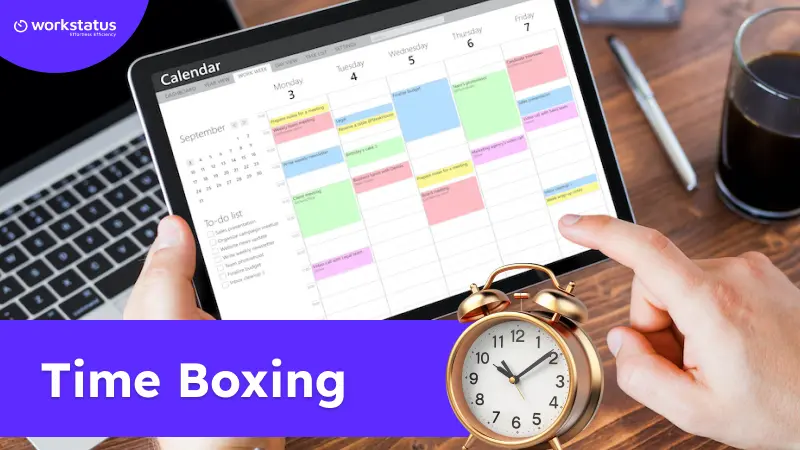 Time Boxing functions as a productivity strategy that enforces timed work restrictions, ensuring tasks end after the designated time has expired. The goal is to set strict time limits on activities so productivity stays efficient and unending task durations do not occur.
Time Boxing functions as a productivity strategy that enforces timed work restrictions, ensuring tasks end after the designated time has expired. The goal is to set strict time limits on activities so productivity stays efficient and unending task durations do not occur.
How It Works?
- Define a Task: Identify a task that needs to be completed.
- Set a Time Limit: Allocate a fixed duration (e.g., 30 minutes, 1 hour) for the task.
- Work with Focus: Complete as much as possible within the given time frame.
- Stop or Reassess: Once the time is up, decide whether to extend, move on, or refine later.
Benefits
- Prevents Overworking: Encourages efficiency by limiting how much time is spent on a task.
- Encourages Quick Decision-Making: Reduces perfectionism by enforcing deadlines.
- Boosts Motivation: The urgency of a time box pushes faster task completion.
- Improves Work-Life Balance: Avoids spending excessive time on minor tasks.
Ideal Use Cases
- You can handle repetitive tasks through proper email management and administrative work tasks.
- Creative work entrepreneurship requires project completion with no excessive editing interference.
- Business meetings require time constraints to increase their efficiency.
- Productivity rises through Pomodoro sessions, where employees focus for 25-minute periods.
Common Challenges
- Rushing Through Tasks: Strict time limits may impact quality if not managed well.
- Inaccurate Time Estimates: Some tasks require flexibility, challenging rigid time boxes.
- Frequent Context Switching: Short time slots may prevent deep focus for complex work.
Time Blocking helps maintain deep work sessions as Time Boxing helps users establish performance benchmarks. Your workflow choice determines which method to use because both methods will lead to better scheduling and smarter task execution when used together.
Key Differences Between Time Blocking and Time Boxing
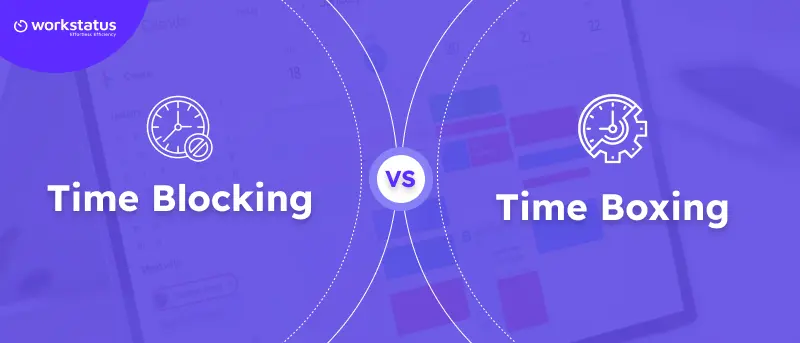 Time Blocking together with Time Boxing increases productivity although they operate through different practices. You need to know what sets them apart because that will help you select the best time management method.
Time Blocking together with Time Boxing increases productivity although they operate through different practices. You need to know what sets them apart because that will help you select the best time management method.
Structure vs. Flexibility
- Time Blocking: Creates a structured schedule where tasks are assigned fixed time slots. Adjustments can be made, but tasks generally stay within their planned time.
- Time Boxing: Focuses on flexibility within limits. Once the set time is up, work stops or moves to the next task, regardless of completion.
Focus vs. Efficiency
- Time Blocking: Focuses on deep work tasks because workers allocate specific periods for uninterrupted one-task-at-a-time focus.
- Time Boxing: Boosts performance by protecting against overrunning deadlines which stops work from being overdone. Also helps eliminate unnecessary time consumption.
Task Completion vs. Time Limitation
- Time Blocking: Helps finish every assignment within designated time periods regardless of necessary adjustments to the schedule.
- Time Boxing: Requires you to set specific duration limits which results in incomplete tasks that need extra work sessions.
Best Suited For
- Time Blocking: Ideal for structured work, long-term projects, and deep-focus activities.
- Time Boxing: Best for repetitive tasks, short bursts of work, or when strict deadlines are necessary.
Adaptability to Changing Priorities
- Time Blocking: Requires rescheduling when priorities shift, which may disrupt the workflow.
- Time Boxing: Easier to adapt, as tasks have predefined time slots and can be adjusted quickly.
Choosing the Right Method
The choice between Time Blocking and Time Boxing depends on individual work styles and tasks.
- Those needing deep focus may prefer Time Blocking.
- Those aiming for speed and efficiency may find Time Boxing more effective.
Many professionals combine both methods; using Time Blocking for structured planning and Time Boxing to maintain productivity and avoid overworking.
Boosting Productivity with Workstatus
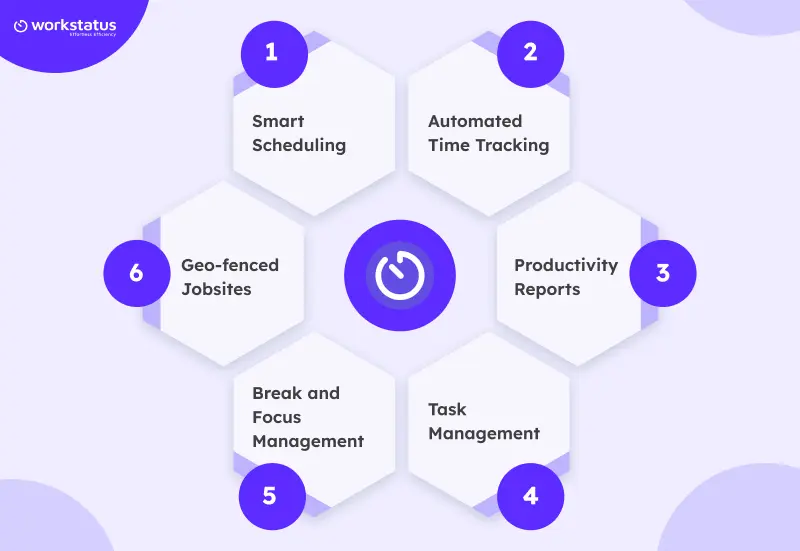 Employees benefit from Workstatus, an enhanced workforce management system that allows them to track their time, monitor tasks, and accomplish smart scheduling.
Employees benefit from Workstatus, an enhanced workforce management system that allows them to track their time, monitor tasks, and accomplish smart scheduling.
Workstatus operates as a platform that enables:
- Employee productivity tracking
- Task management
- Optimized scheduling
As the best time tracking software, Workstatus offers two time management solutions:
Time Blocking as a focus tool and Time Boxing as an efficient solution for structured scheduling and tracking.
Here are the key features to consider:
Smart Scheduling
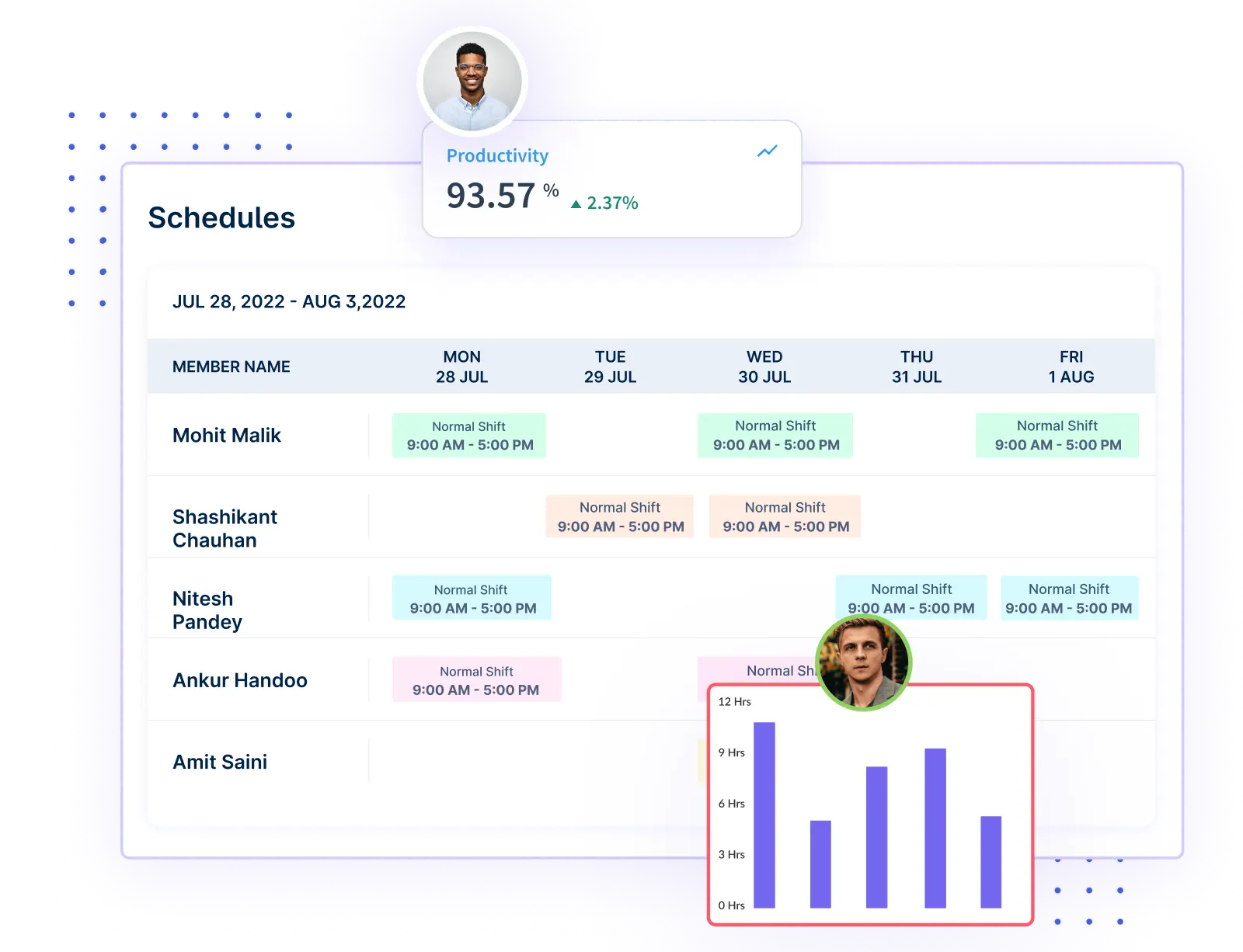 Through Workstatus, users can obtain effective day planning capability by assigning tasks to pre-defined time intervals.
Through Workstatus, users can obtain effective day planning capability by assigning tasks to pre-defined time intervals.
Time Blocking gets support through this feature by providing structured schedules that minimize time consumption for decision-making processes.
Automated Time Tracking
![]() Workstatus implements real-time tracking, which logs work hours automatically, allowing users to track their productivity independently of manually entering.
Workstatus implements real-time tracking, which logs work hours automatically, allowing users to track their productivity independently of manually entering.
The functionality ensures efficient time usage, which is linked to the Time Blocking and Time Boxing approaches.
Productivity Reports
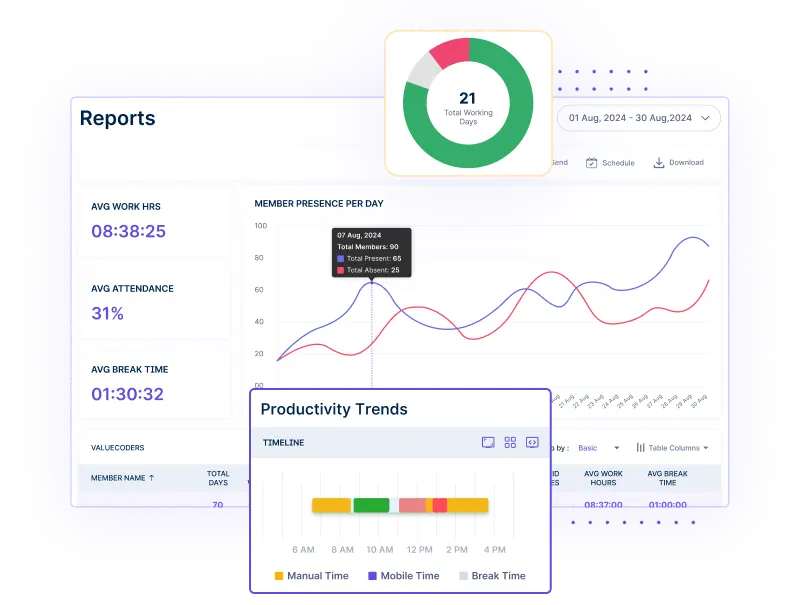 Detailed reports reveal important details about work habits, task completion efficiency, and time allocation. This enhances a company’s productivity management for better outcomes.
Detailed reports reveal important details about work habits, task completion efficiency, and time allocation. This enhances a company’s productivity management for better outcomes.
Analytics data also helps teams locate improvement opportunities while verifying the efficient use of their scheduled time blocks and time boxes.
Task Management
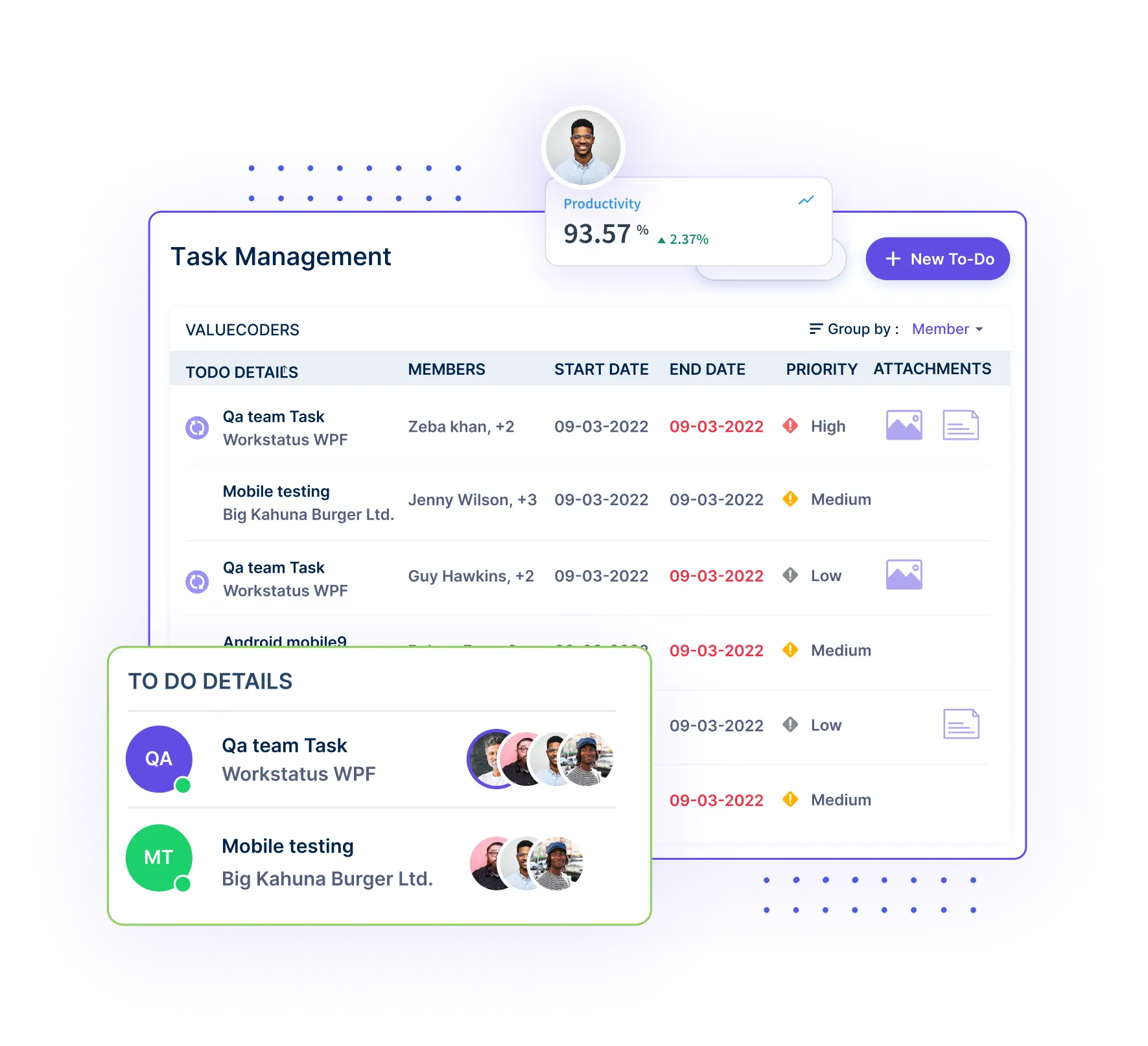 Workstatus integrates task tracking, allowing users to assign, prioritize, and manage tasks within a single platform.
Workstatus integrates task tracking, allowing users to assign, prioritize, and manage tasks within a single platform.
It ensures seamless execution of scheduled work, making it easier to follow planned time blocks.
Break and Focus Management
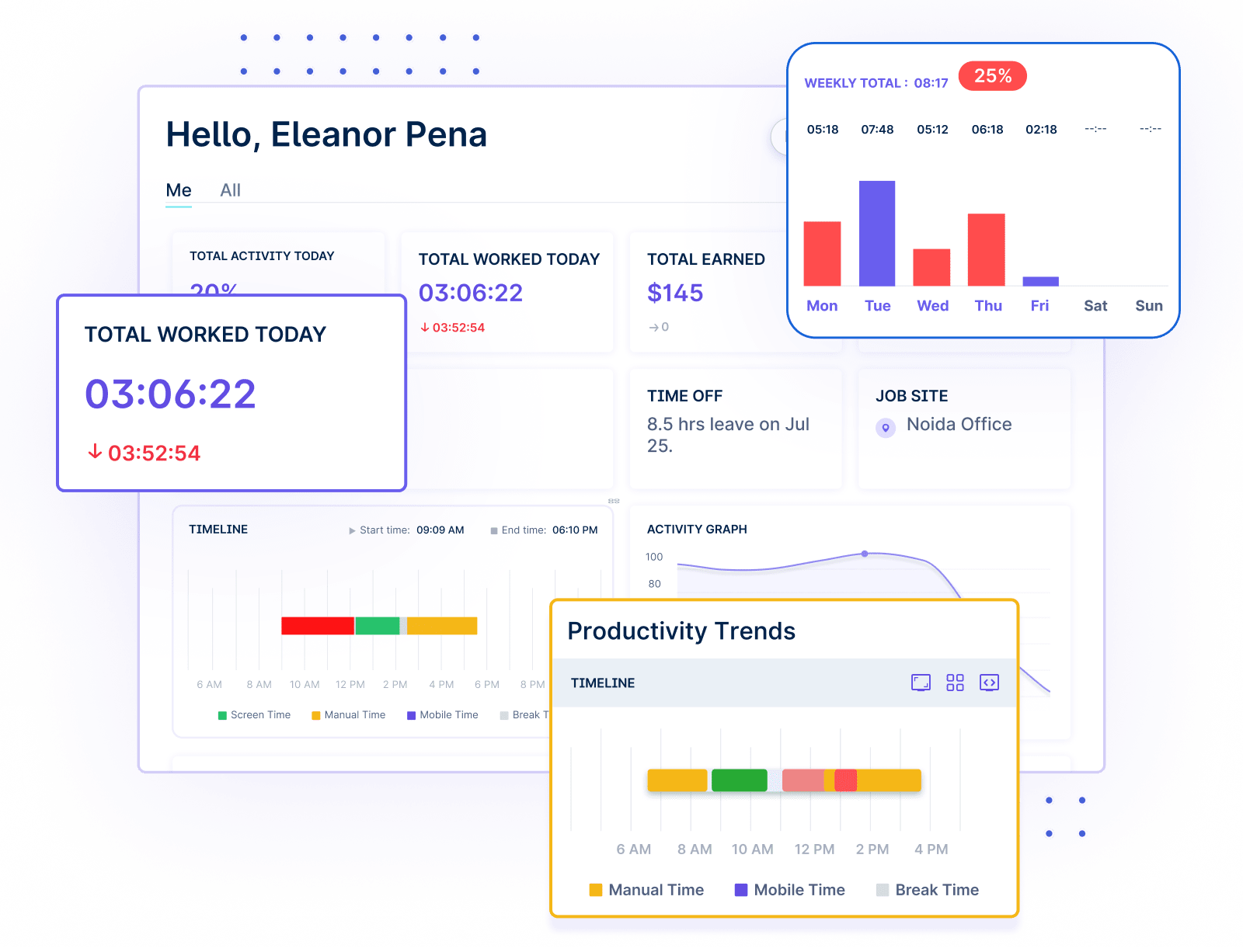 Workstatus encourages a balanced workflow by helping users schedule breaks and focus sessions.
Workstatus encourages a balanced workflow by helping users schedule breaks and focus sessions.
This feature supports both productivity techniques by maintaining energy levels and preventing burnout.
Geo-fenced Jobsites
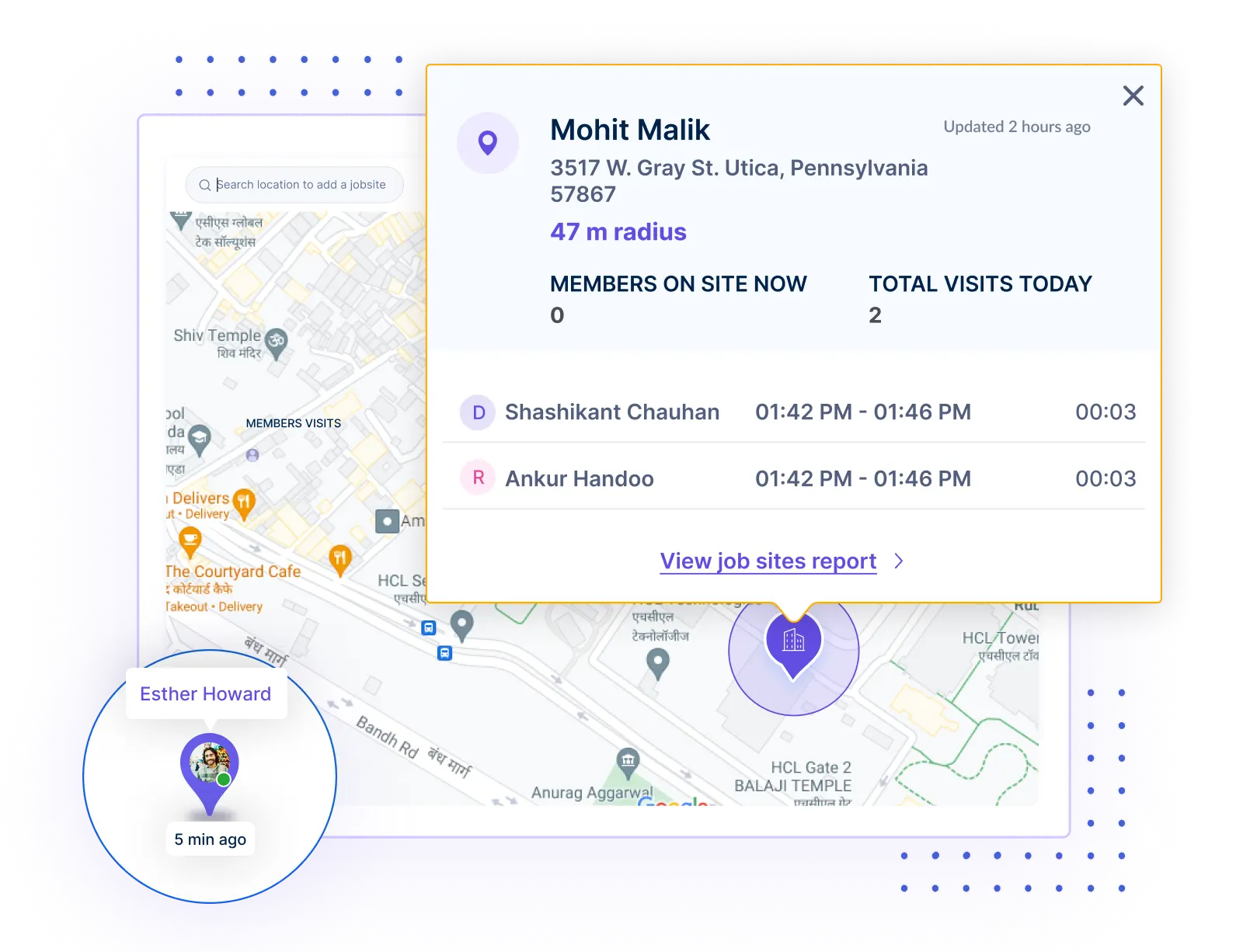 For remote or field teams, Workstatus offers geo-fencing to track location-based work automatically.
For remote or field teams, Workstatus offers geo-fencing to track location-based work automatically.
It ensures employees are working from designated locations while maintaining accurate time logs.
By integrating Workstatus into daily workflows, users can seamlessly implement Time Blocking and Time Boxing techniques.
Selecting the Right Method for Your Workflow
The choice between time blocking and time boxing is mostly based on your outlook type, the type of tasks you are given, and your individual productivity goals.
Use these steps to ensure that you choose your preferred methodology correctly:
Use Time Blocking If You:
- Need deep focus for complex tasks like writing, coding, or strategic planning.
- Prefer a structured schedule with dedicated time for specific activities.
- Want to minimize distractions and avoid frequent context switching.
Use Time Boxing If You:
- Work best under time constraints and need to boost efficiency.
- Want to prevent tasks from taking longer than necessary.
- Handle repetitive or administrative tasks that don’t require deep focus.
Combining Both Methods
Professionals typically combine Time Blocking and Time Boxing for task planning, concentrated work, quick task management, and efficiency.
Workstatus enhances these scheduling methods through automated tracking and time & attendance management, ensuring users maximize their productivity.
The correct blend of these approaches delivers improved schedule management, work performance, and daily work order.
Closing Thoughts
In conclusion, there’s no single best time management method; both Time Blocking vs Time Boxing have their strengths. Time Blocking suits structured deep work, while Time Boxing enforces efficiency.
A genuinely productive strategy unites time blocking for organizational planning with time boxing for maintaining efficiency throughout tasks.
Workstatus provides all the features necessary to implement Time Blocking and Time Boxing methodology through its advanced scheduling tools, automated employee productivity tracking features, and performance analytics.
Thus, your success depends on trial and error methods followed by workforce optimization to discover the ideal work process.
FAQs
Ques: What is the difference between time blocking and time boxing?
Ans: Time Blocking involves a scheduling approach in which particular assigned duties receive designated time blocks to enhance their completion. Time Boxing allocates specific time spans to work assignments to boost efficiency above work completion.
Ques: Which is better for productivity: time blocking or time boxing?
Ans: The choice depends on your workflow system. Time Blocking provides optimal conditions for deep work needs and structured planning, yet Time Boxing drives efficiency through its time-limit mechanism for task completion. Multiple professionals achieve optimal outcomes by using these two methods together.
Ques: How can I implement time blocking in my daily routine?
Ans: You must start by listing tasks and setting priorities before dividing the time blocks in your schedule. Follow your plan by including rest periods while making changes to keep your work productive.
Ques: Are there any apps for time blocking and time boxing?
Ans: Workstatus and similar apps support functional integration of work scheduling and time tracking through intelligent planning, automatic data collection, and report generation.
Ques: How do time management techniques improve efficiency?
Ans: Time blocking and time boxing functions help users set priorities, minimize interruptions, postpone tasks, and optimize their time distribution to achieve greater concentration levels.



